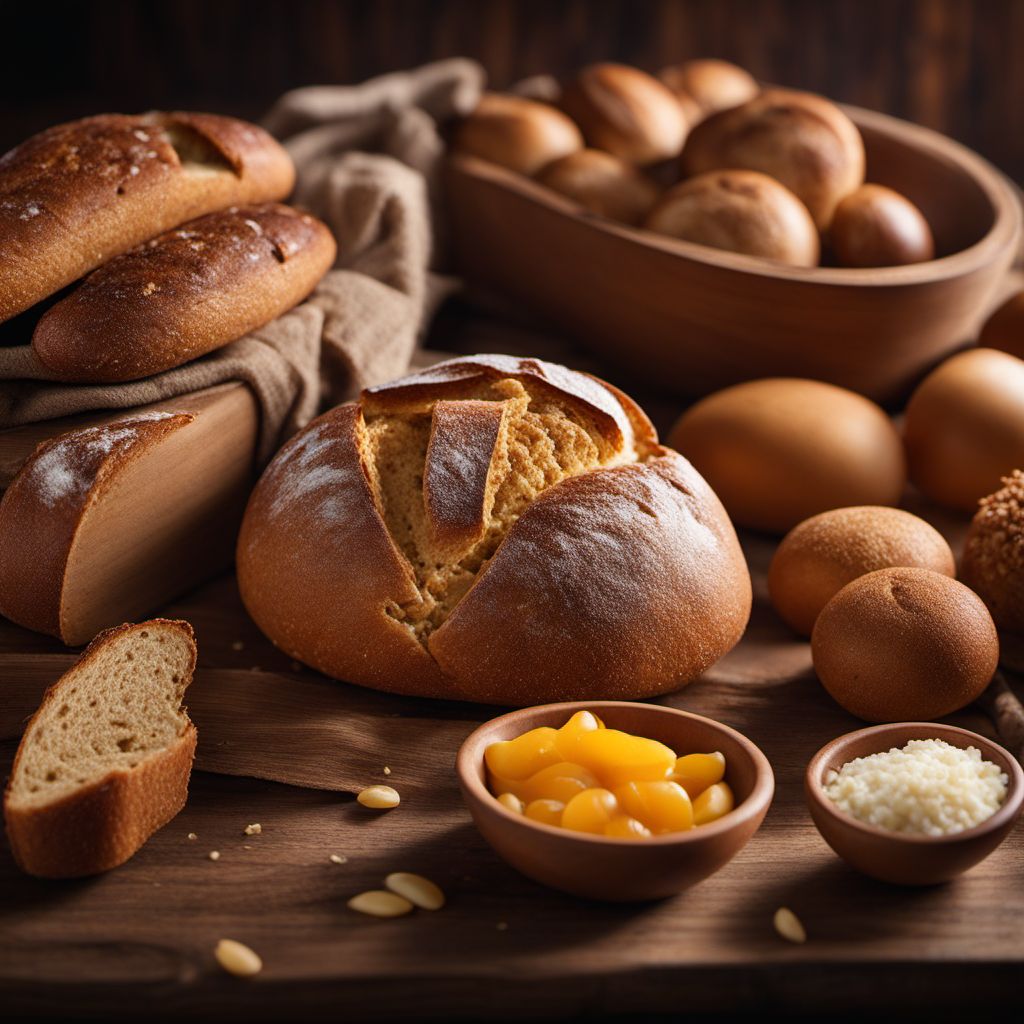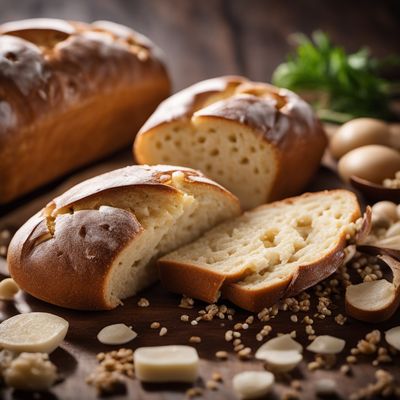
Ingredient
Additional bread products
Beyond the Loaf: Exploring Bread Varieties
Bread products encompass a wide range of baked goods, including loaves, rolls, buns, and pastries. They vary in texture, flavor, and appearance, with options like sourdough, whole wheat, ciabatta, and croissants. These versatile ingredients can be enjoyed as a staple food, used as a base for sandwiches, or incorporated into various recipes.
Origins and history
Bread has been a dietary staple for centuries, with evidence of its consumption dating back to ancient Egypt. Different cultures have developed their own unique bread recipes and techniques, resulting in a diverse array of bread products worldwide. From the baguettes of France to the naan of India, bread holds cultural significance in many societies.
Nutritional information
Bread products are a source of carbohydrates, providing energy for the body. They also contain varying amounts of protein, fiber, vitamins, and minerals depending on the type of bread. Whole grain breads offer more fiber and nutrients compared to refined white breads.
Allergens
Some bread products may contain allergens such as wheat, gluten, or nuts. Individuals with gluten intolerance or wheat allergies should opt for gluten-free or wheat-free alternatives.
How to select
When selecting bread products, look for those with a golden-brown crust, indicating proper baking. The bread should feel firm but springy to the touch, and avoid any signs of mold or staleness. For artisanal bread, check for a chewy interior and irregular crumb structure.
Storage recommendations
To maintain the freshness of bread products, store them in a cool, dry place, preferably in a bread box or a paper bag. Avoid storing bread in the refrigerator, as it can cause the bread to dry out faster. Sliced bread can be frozen for longer shelf life.
How to produce
Amateur bakers can produce bread products by following simple recipes and techniques available online or in cookbooks. Basic ingredients like flour, yeast, water, and salt are essential for bread-making. With practice, one can experiment with different flavors, shapes, and textures to create their own unique bread creations.
Preparation tips
Bread products can be used in various ways, such as making sandwiches, toasting for breakfast, or using as a base for bruschetta. They can also be transformed into breadcrumbs for coating meats or used in bread pudding for a sweet treat. The versatility of bread products allows them to be incorporated into a wide range of cuisines and dishes.
Culinary uses
Bread products are commonly used in sandwiches, burgers, pizzas, and as a side with soups or stews. They are also essential for making French toast, croutons, and bread-based desserts like bread pudding or French pastries.
Availability
Bread products are widely available in grocery stores, supermarkets, and bakeries around the world. They are a staple in many cuisines and cultures, making them easily accessible in most regions.



